TSUYOSHI: TEA TASTING BY ALEX AHEARN
Name of the Product: TSUYOSHI (shop here)
Type of Tea: Matcha
Producer: Mizota Chisako
Location: Yame, Fukuoka Prefecture, northern Kyushu, Japan
Harvest: May 2022
Read About Mizota-San’s Family Business Below.
Mizota-san’s tea journey started when she was 19 years old when she started growing tea with her husband shortly after getting married. She and her husband eventually went on to win the top prize at the All Japan Green Tea Competition, and their tea became well-recognized and sought out by tea drinkers across Japan and abroad. She hopes to continue the family business by sharing it with her grandsons in the future. Mizota-san’s teas exemplify the wonders of Yame and the unique characteristics of teas produced in the region.

The relaxing effect of sieving Matcha (photo © Alex Ahearn)
Taste This Tea Like Mizota-San!
Mizota-san’s recommended steeping parameters.
Water: 70ml (1.76 fl oz)
Temperature: 80°C (176°F)
Matcha: 2g (~½ teaspoon)
Chawan (tea bowl)
Whisk
This matcha comes in a small, well-made black tin that houses a small bag of this elegant tea made by Mizota-san. I lifted the silver bag of matcha out of the tin and proceeded to cut it open. A small amount of matcha with a sweet and vegetal aroma filled the air. I lifted the bag to my nose and smelled the matcha. It had aromatic notes of green vegetables, like fresh spinach, slightly nutty undertones of lightly toasted almonds and Brazil nuts, and a subtle hint of spring wildflowers. There was a certain delicateness to the aroma of the matcha as it lingered in the air.

A beautiful and delicate foam (photo © Alex Ahearn)
I placed the tin on the table in front of me and prepared what I needed to whisk the matcha. First, I gathered a chawan (tea bowl), a chashaku (tea spoon), and a chasen (tea whisk), and started to heat up the water in my kettle. After the water reached the right temperature of 80°C (176°F), I filled up the bowl with water until it was half full. I placed the chasen into the bowl to let it soften in the warm water. I let the water and the chasen sit in the bowl until I finished getting everything else that I needed: a tea towel, a furui (fine mesh sifter), and a chasen kusenaochi (tea whisk holder).
Now that I was ready to start whisking, I poured out the water and placed the sifter on top of the bowl. I used the chashaku to carefully scoop 2 grams of matcha out of the small bag and into the sifter. I gently pushed the matcha powder through the sifter and the fine emerald powder settled at the bottom of the bowl. I tapped the sifter once against the top of the bowl to release any matcha stuck to it. Then, I lifted the bowl to my nose and smelled the freshly sifted matcha. It still smelled delicate and had a noticeably lively aroma of freshly picked spring vegetables and flowers.

For these moments where you need a lighter Matcha.
I poured a small amount, about a quarter, of the 70ml (1.76 fl oz) of water into the bowl. That was just enough to cover the matcha. I used the chasen to make a vibrant and rich green paste-like mixture. I added the remaining amount of water and started to whisk. I mostly used my wrist to control the movements of the chasen and moved it in "W" and "Z" patterns. The matcha started to become frothy and larger bubbles started to form.
As I continued to whisk, I made sure that my elbow was elevated at a slightly higher angle than I thought I would need to give myself more stability. I gradually slowed down my whisking speed and moved the chasen along the surface area of the bowl to fully incorporate everything.
Right before I was going to stop whisking, I lifted the whisk until about a half inch, or a little bit over 1 centimeter, of the tines were emerged in the matcha. I whisked the matcha for a few more seconds, slowly, until the larger bubbles broke apart into smaller bubbles. This has made the foam have a nice sheen and a smooth appearance.

Perfect color! (photo © Alex Ahearn)
I lifted the bowl to my nose and smelled the sweet and complex aroma of the matcha. I took a sip and as the smooth, light-bodied liquid passed my lips and coated my mouth. It mellowed as it settled in my mouth, with notes of fresh dark leafy spring greens and a hint of spring air. There was a hint of bitterness as the matcha moved to the back of my mouth that lingered gently.
The matcha had a delicate and clean finish with a lingering sweetness. Even though the body of the matcha was light, it had a creaminess with notes of cooked sweet peas that had a subtle strength hidden beneath the surface. As I continued to enjoy the matcha, I noticed more complex umami characteristics and an elegant balance between bitterness and sweetness that remained consistent with each sip. Mizota-san’s steeping parameters capture TSUYOSHI’s light body and its delicate floral and vegetal characteristics. This elegant matcha may be enjoyed as thin (usucha) or thick (koicha). To make koicha matcha, use 4 grams (~1 teaspoon) of matcha and 30ml (~1 fl oz) of water at the same temperature, and whisk into a thick paste.

Make This Tea For Any Occasion!
Iced Preparation:
This matcha can be enjoyed iced as well. It can easily be made in a 250–300ml (~8.4–10 fl. oz) bottle or jar. This preparation method captures the matcha’s vibrancy and lingering sweetness. Sift 2-3g (~1 teaspoon) of matcha and put it in a bottle or jar. Add a few ice cubes, enough to just cover the matcha, and fill the bottle or jar with cold filtered water, leaving a little bit of space at the top. Close bottle or jar and shake it until frothy and enjoy immediately.
Food Pairing Recommendations:
You may enjoy this matcha by itself or pair it with something simple like a wagashi or a piece of chocolate.


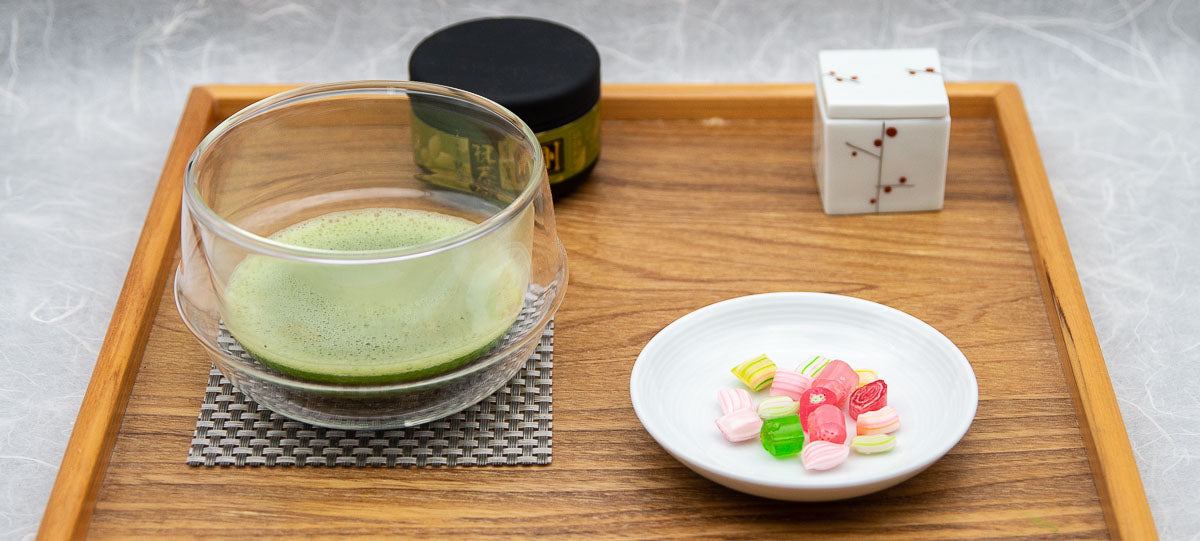

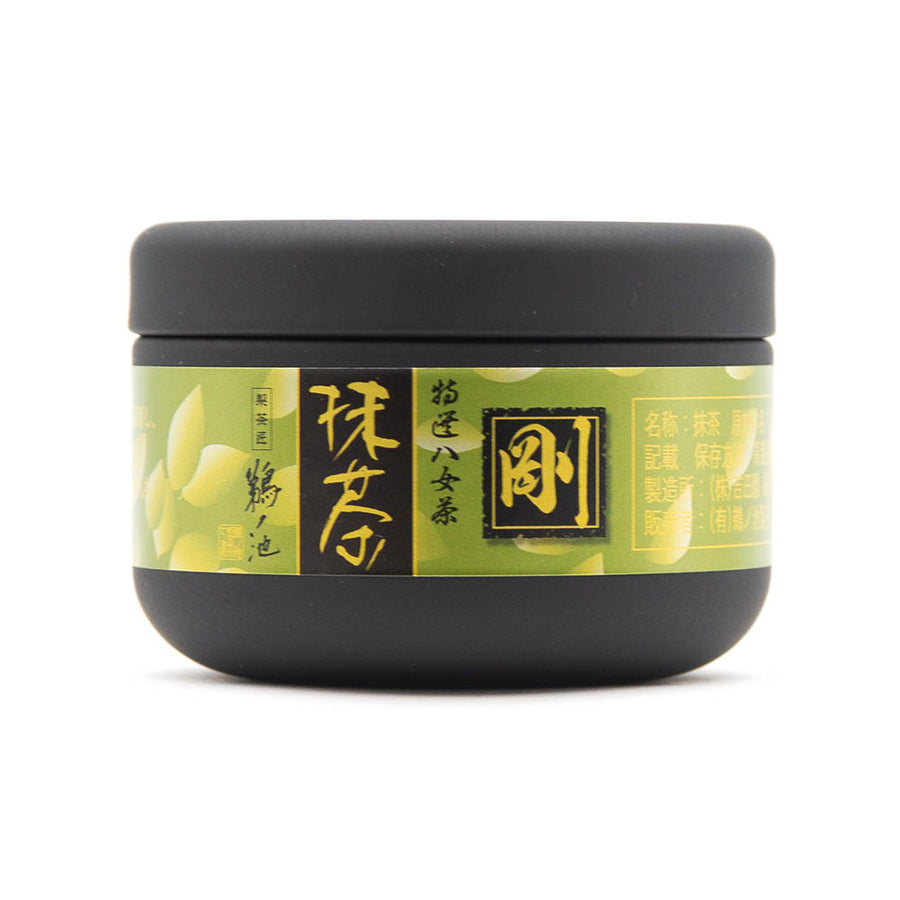
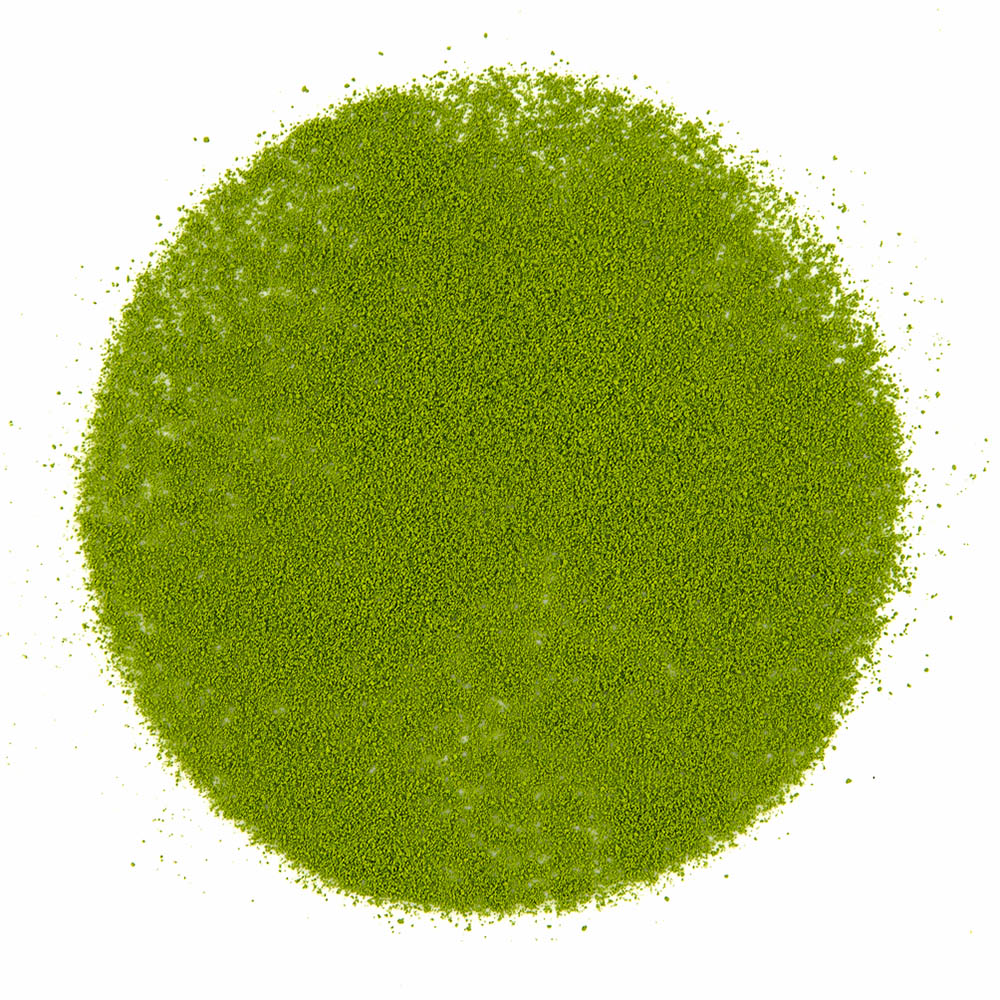
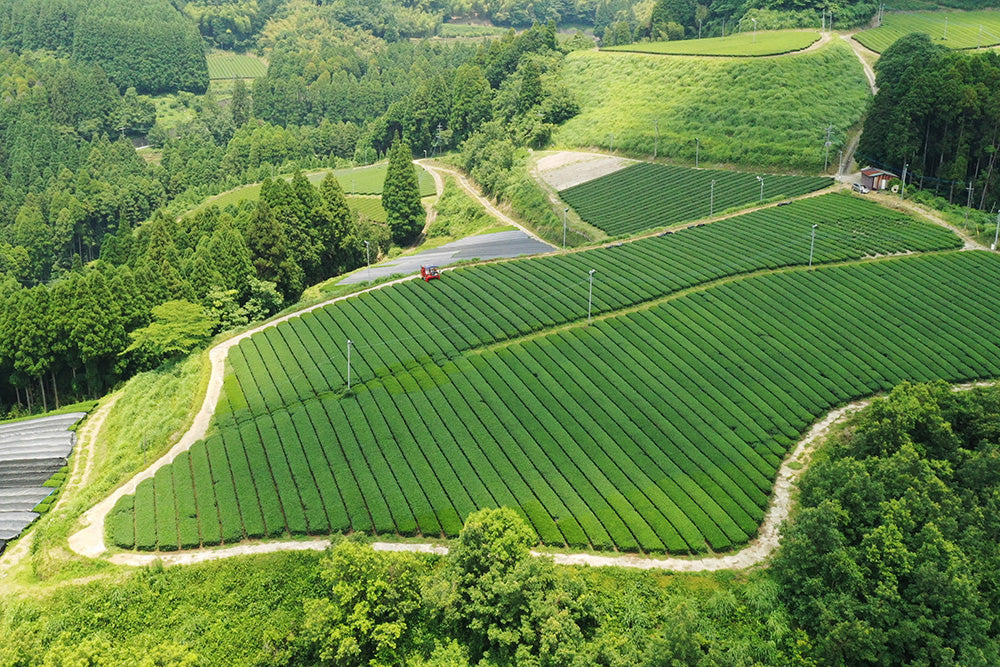

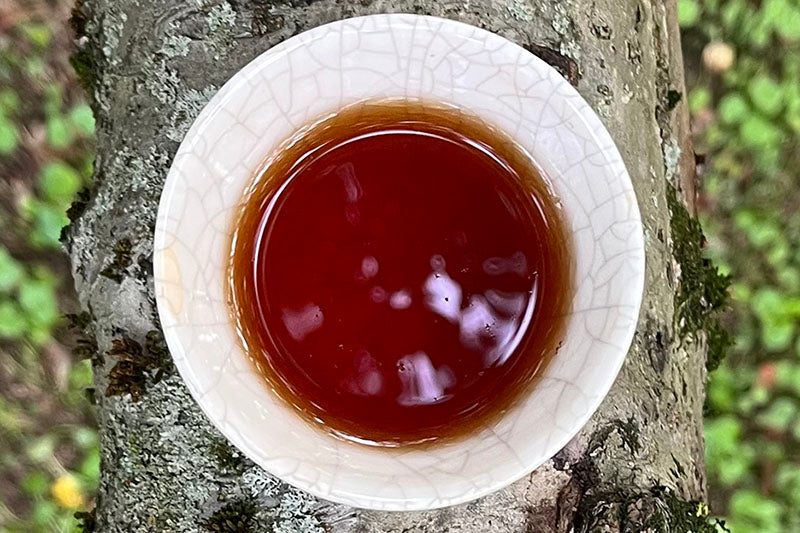
Leave a comment